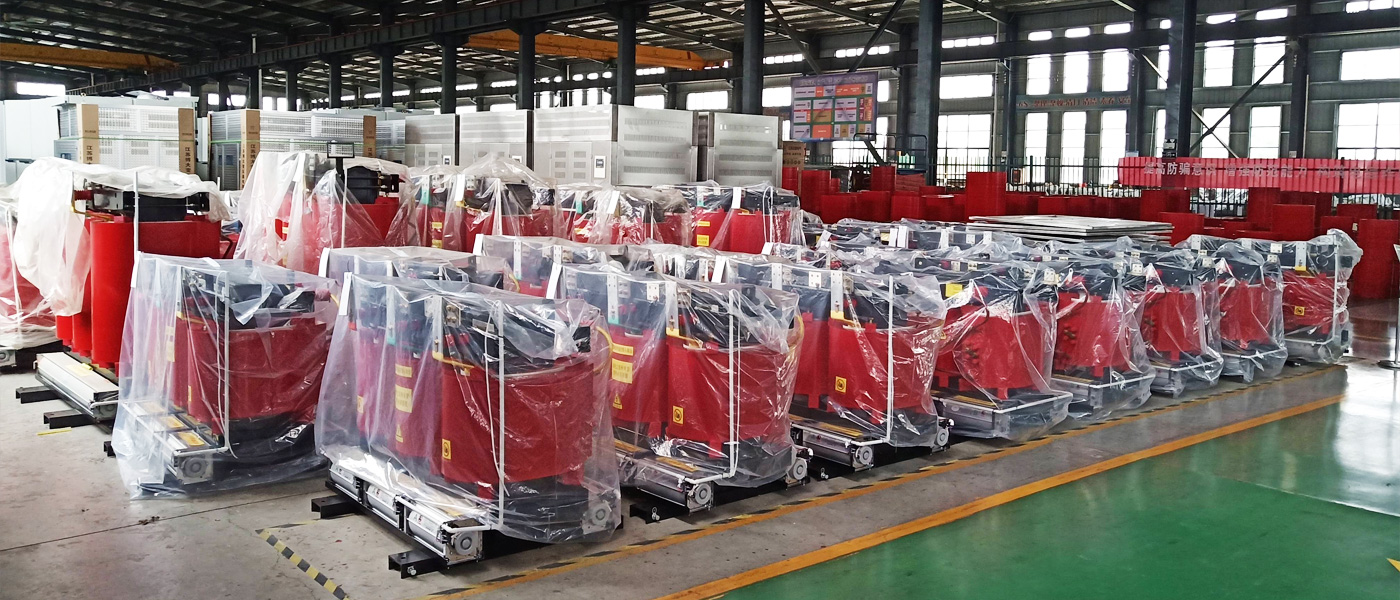What is dry type transformer?
2024-06-08

A dry-type transformer, a unique type of electrical transformer, stands out for its use of air as a cooling medium, unlike the conventional liquid-based transformers. This distinctive feature, coupled with its safety, reliability, and environmental friendliness, has led to its widespread use in various industrial and commercial applications. In this article, we delve into the unique product features, working principles, working conditions, internal components and structure, technical parameters, advantages, application range, installation, and maintenance service after sales of dry-type transformers.
Definition:
What is dry type transformer? A dry-type transformer is a transformer that uses high-temperature insulation systems and is cooled by air. It is designed to be environmentally friendly and does not require the use of flammable liquids such as oil for cooling. This makes it a safer and more sustainable option for various electrical applications.
Product Features:
- Safety is a paramount concern in any electrical system, and dry-type transformers excel in this aspect. They are inherently safer than oil-filled transformers as they eliminate the risk of oil leaks and fires, providing a reliable and secure solution for various applications.
- Environmental friendliness: The absence of oil in dry-type transformers is not just a feature; it's a commitment to environmental responsibility. This makes them more environmentally friendly and significantly reduces the risk of soil and water contamination, allowing you to contribute to a cleaner, greener world.
- Reliability: Dry-type transformers are not just reliable; they are known for their high reliability and long service life, making them a secure choice for a wide range of applications. You can trust in their performance and longevity.
- Compact design: These transformers are often designed to be compact and lightweight, making them easier to install and transport.
- Low maintenance: Dry-type transformers require minimal maintenance compared to oil-filled transformers, reducing downtime and operational costs.
Working Principle:
The working principle of dry-type transformers is rooted in the same electromagnetic induction principle as traditional transformers. When an alternating current flows through the primary winding, it generates a magnetic field that induces a voltage in the secondary winding, thereby transferring electrical energy from one circuit to another. The key difference lies in the cooling method, where dry-type transformers utilize air to dissipate the heat generated during operation, making them a unique and efficient solution.
Working Conditions or Working Environment:
Dry-type transformers are suitable for a wide range of working conditions and environments. They can operate effectively in indoor and outdoor settings as long as they are protected from excessive moisture, dust, and corrosive gases. The working environment should also have adequate ventilation to ensure proper cooling of the transformer.
Internal Components and Internal Structure:
The internal components of a dry-type transformer typically include high-voltage and low-voltage windings, a core made of high-grade silicon steel, and a high-temperature insulation system. The windings are usually encapsulated in a resin or epoxy compound to provide mechanical support and protection against environmental factors. The internal structure is designed to facilitate efficient heat dissipation and to withstand thermal and mechanical stresses during operation.
Technical Parameters:
- Voltage rating: Typically ranging from a few hundred volts to several thousand volts
- Power rating: From a few kVA to several MVA
- Frequency: 50 Hz or 60 Hz
- Insulation class: Class F or Class H
- Temperature rise: Usually limited to 150°C or 180°C
- Efficiency: High efficiency levels, often exceeding 95%
Product Advantage:
- Safety: Eliminates the risk of oil leaks and fires, making it safer for personnel and the environment.
- Reliability: Long service life and high resistance to electrical and thermal stresses.
- Environmental friendliness: Does not require the use of flammable liquids, reducing the risk of soil and water contamination.
- Low maintenance: Requires minimal maintenance, reducing operational costs and downtime.
- Compact design: Space-saving and easy to install in various applications.
Application Range:
Dry-type transformers are widely used in various industrial, commercial, and residential applications, including:
- Hospitals
- Data centers
- Schools and universities
- Shopping malls
- Manufacturing facilities
- Renewable energy installations
- Oil and gas industry
- Marine applications
- Mining operations
Installation:
The installation of dry-type transformers should be carried out by qualified personnel in accordance with local electrical codes and regulations. Proper consideration should be given to the location, ventilation, and electrical connections to ensure safe and efficient operation. It is important to follow the manufacturer's guidelines and recommendations for installation to avoid potential hazards and ensure optimal performance.
Maintenance Service After Sales:
After-sales maintenance services for dry-type transformers typically include:
- Periodic inspections: Checking for signs of overheating, insulation degradation, and other potential issues.
- Cleaning: Removing dust and debris that may accumulate on the transformer surfaces and cooling vents.
- Testing: Conduct routine tests to verify the insulation resistance, winding resistance, and other critical parameters.
- Repairs and replacements: Addressing any identified issues and replacing worn-out components as needed.
- Technical support: Providing technical assistance and guidance for troubleshooting and optimizing transformer performance.
Conclusion
In conclusion, dry-type transformers are a reliable, safe, and environmentally friendly option for various electrical applications. Their unique design and features make them suitable for a wide range of working conditions and environments. Proper installation, maintenance, and after-sales service are essential to ensure the optimal performance and longevity of dry-type transformers.





